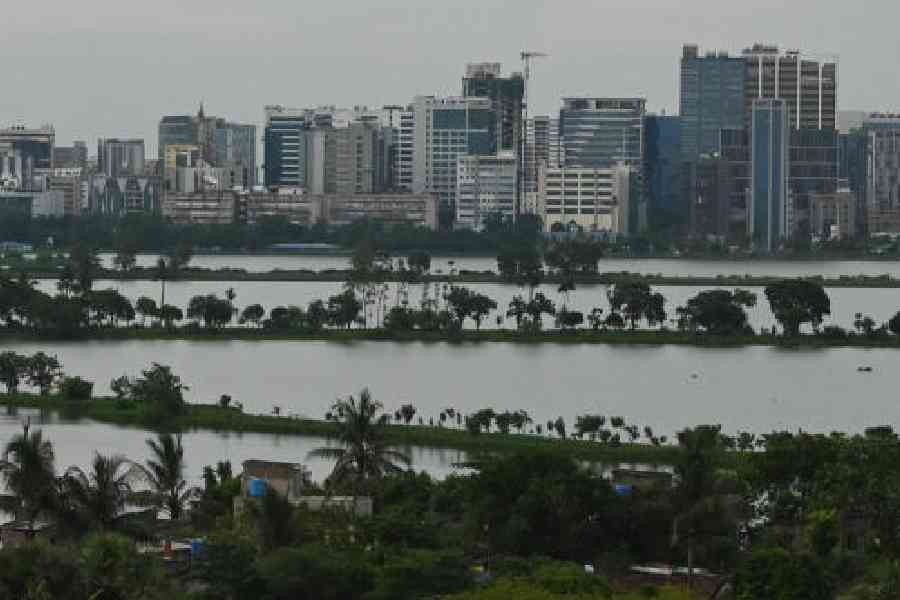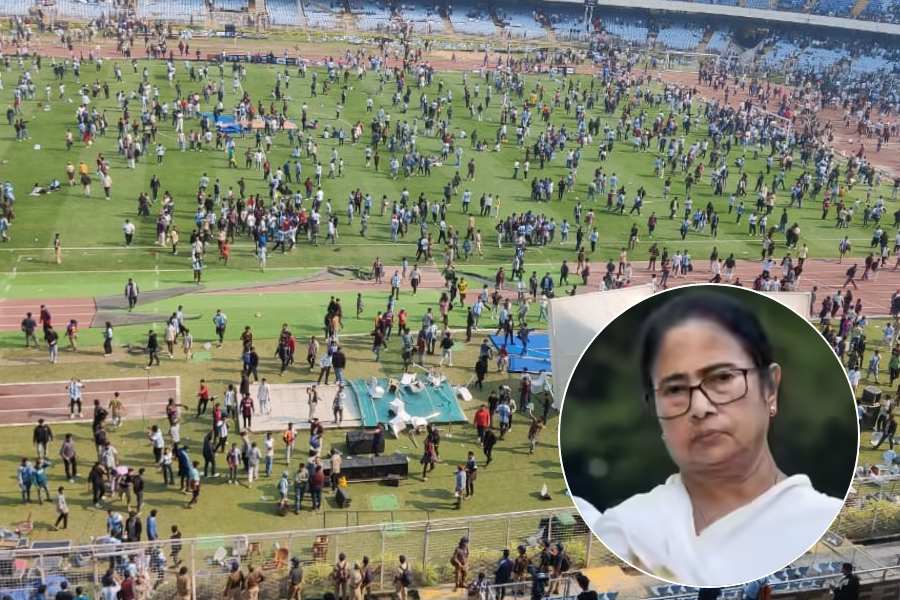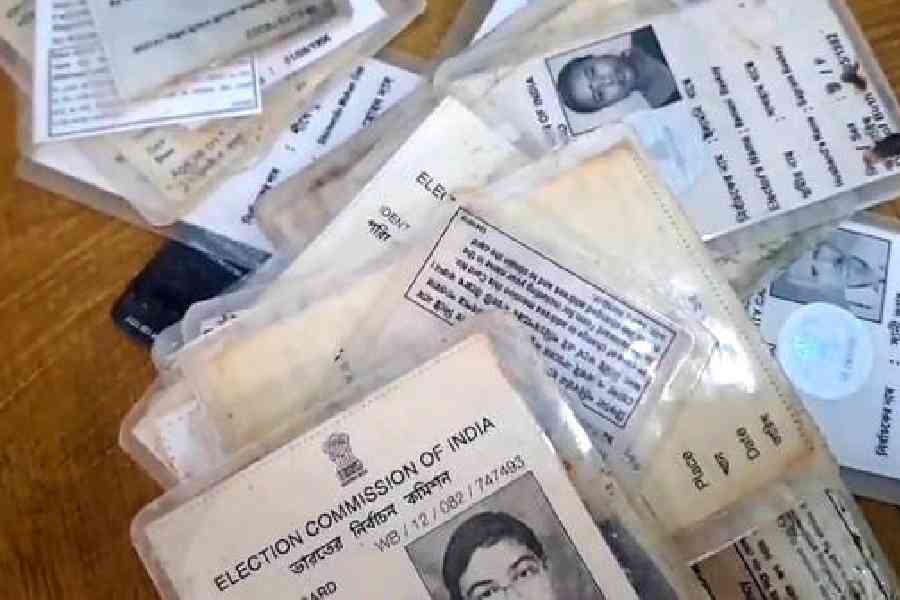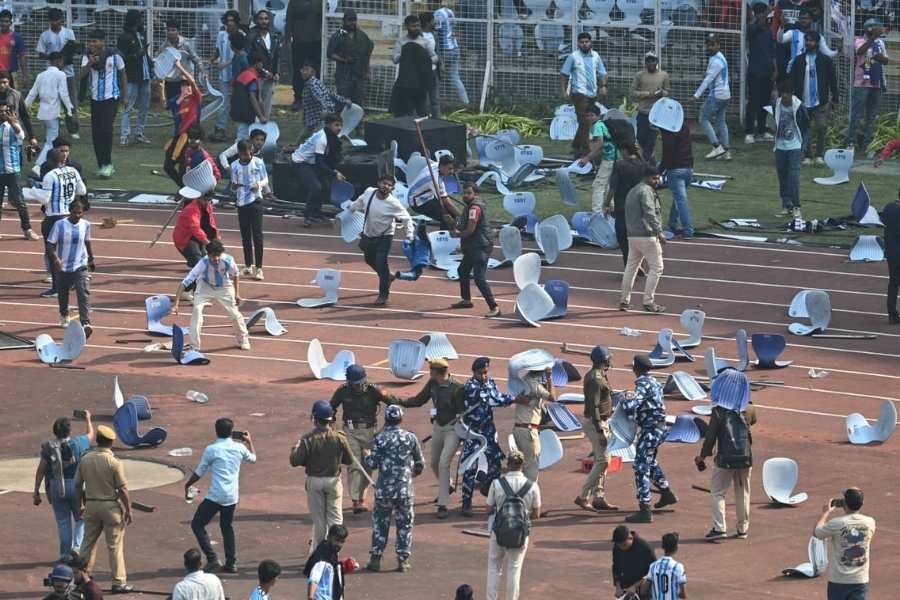A nature interpretation centre highlighting the uniqueness of the East Kolkata Wetlands and showcasing its rich biodiversity will be set-up by mid-next year.
The interpretation centre is planned near Nalban.
Despite performing several important functions that include draining out sewage and storm water from large parts of Calcutta, treating the sewage water naturally and producing vegetables and fishes that cater to many markets in the city, the awareness about the role played by the wetlands is still very low, said a state environment department official.
The interpretation centre is being set up to fill this void and increase people’s knowledge and awareness about the wetlands that spans 12,500 hectares.
“Encroachment of the wetlands is a major concern. If we can generate awareness and knowledge about its role, more people will be involved in protecting it,” said the official of the East Kolkata Wetlands Management Authority, which functions under the state environment department.
The department plans to open the centre before mid 2026.
“We have floated the tender to build the interpretation centre. A contractor will be selected in a month or two. Setting up the nature interpretation centre will take a year from then,” said the official.
Officials of the wetlands authority said the interpretation centre will explain why the East Kolkata Wetlands are called the “kidneys of Calcutta” and how the natural treatment of sewage in the wetlands saved crores of public funds as the Kolkata Municipal Corporation (KMC) did not have to build sewage treatment plants.
A large volume of Calcutta’s sewage is drained out through the canals that run inside the wetlands.
The sewage is naturally treated in the bheris (water bodies) before being drained into the Bidyadhari river.
In the absence of the natural treatment, the civic authorities would have had to build sewage treatment plants to reduce the pollutant load in the sewage to make it fit for release into the river.
A KMC official said the city produces about 1,400 million litres of sewage every day, out of which 910 million litres are drained to the East Kolkata Wetlands.
Environmental rules mandate that the pollution level in sewage is reduced before it is drained into a river.
There are 254 sewage-fed fisheries in the wetlands.
The official said the interpretation centre will also highlight the vast floral and faunal biodiversity of the wetlands and the role of the water body is flood mitigation. The storage capacity of the wetlands prevents and mitigates flooding of Calcutta, or at large parts of the city.
The Biodiversity Profile of East Kolkata Wetlands, published jointly by the Wetlands Management Authority and the Zoological Survey of India in 2020, recorded a total of 1,925 species. The survey identified 1,288 species of fauna and 637 species of flora.
The publication mentioned that 205 species of moths, 87 species of birds and 75 species of butterflies were recorded in the wetlands.
The East Kolkata Wetlands are also unique because about 1.5 lakh people were found to living inside its boundary in a survey carried out at least a decade ago.
“There is a continuous demand from them to create fresh infrastructure for uplifting their lives, but the rules do not allow new construction in the wetlands,” said the official.
Setting up the nature interpretation centre is part of multiple measures being taken up to bring the role of wetlands in limelight and raise awareness about them.
The wetlands authorities had put up boards along EM Bypass and other habitations surrounding the wetlands in 2023 with the message that the East Kolkata Wetlands are of international importance and it needs to be protected.
The authority has also put up boundary pillars to mark the boundary of the wetlands.
The East Kolkata Wetlands is one of the two Ramsar Sites in Bengal. The other one is the Sunderbans.
East Kolkata Wetlands were included in the Ramsar list of “Wetlands of International Importance” on August 19, 2002. The Ramsar Convention is an international treaty for the conservation of Ramsar sites. India is a signatory to the treaty.










